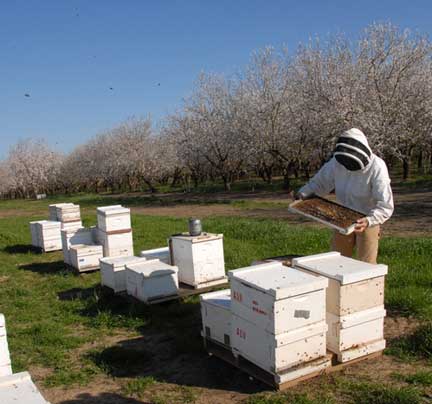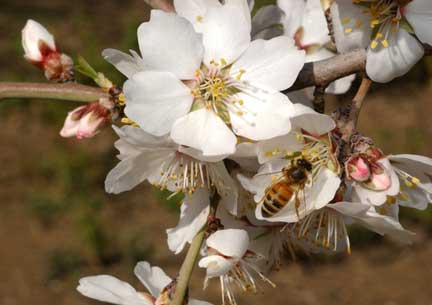“The reports that I have gotten from beekeepers is that
about 30% of the healthy colonies that have gone to California -
for this 2010 almond pollination to fulfill pollination contracts -
have died in two or three weeks”
- Jerry Hayes, Asst. Chief, Apiary Inspection, Florida Dept. of Agriculture


February 18, 2010 Gainesville, Florida - The mysterious disappearance of hundreds of European honey bee colonies in Pennsylvania was first reported in late fall 2006. Since then, the baffling “empty hive” syndrome called Colony Collapse Disorder (CCD) has been reported in many parts of the world. Some beekeepers have lost nearly 100% of their bees. Even though nicotine-based pesticides and lack of plant and pollen diversity are high on the culprits list, there is still no single smoking gun answer. The truth appears to be a combination of assaults on soils, plants and air that weaken and kill pollinators in the 21st Century.
Click here to subscribe and get instant access to read this report.
Click here to check your existing subscription status.
Existing members, login below:
© 1998 - 2024 by Linda Moulton Howe.
All Rights Reserved.

